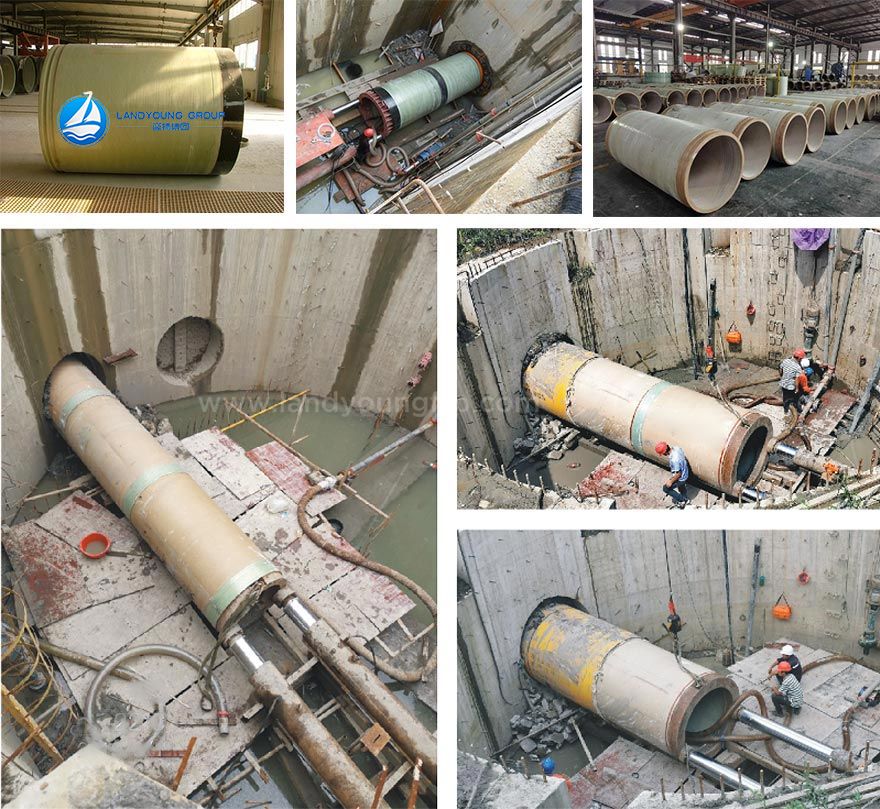sales@landyounggroup.com
+86 133 2318 2255
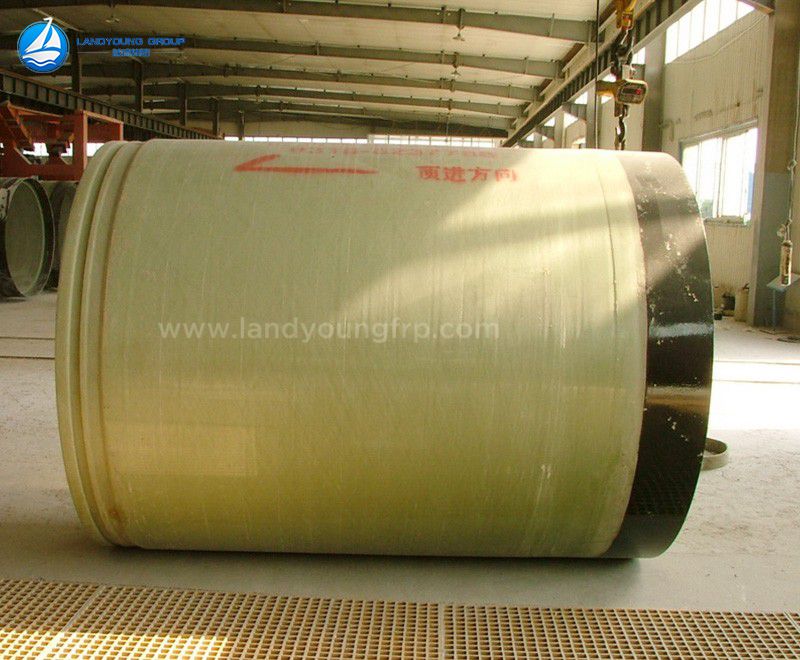
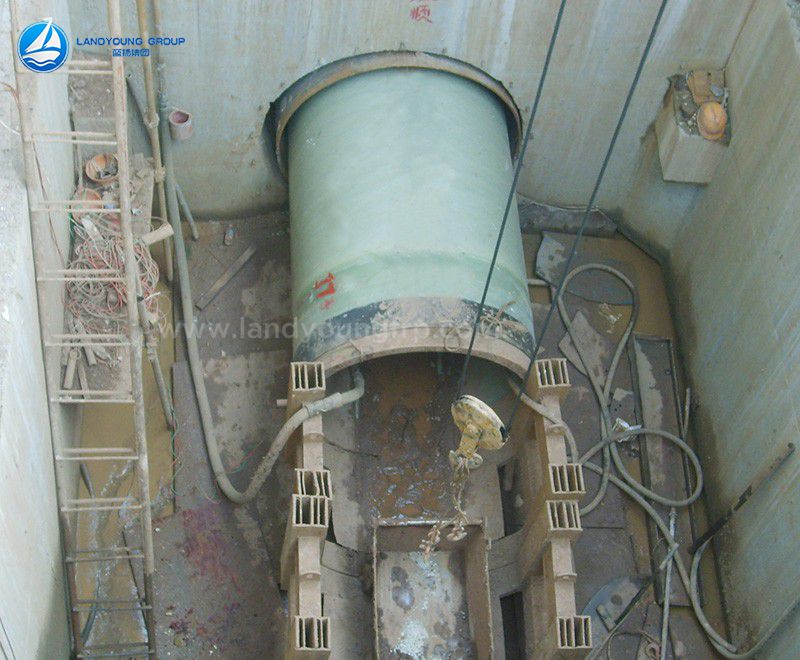
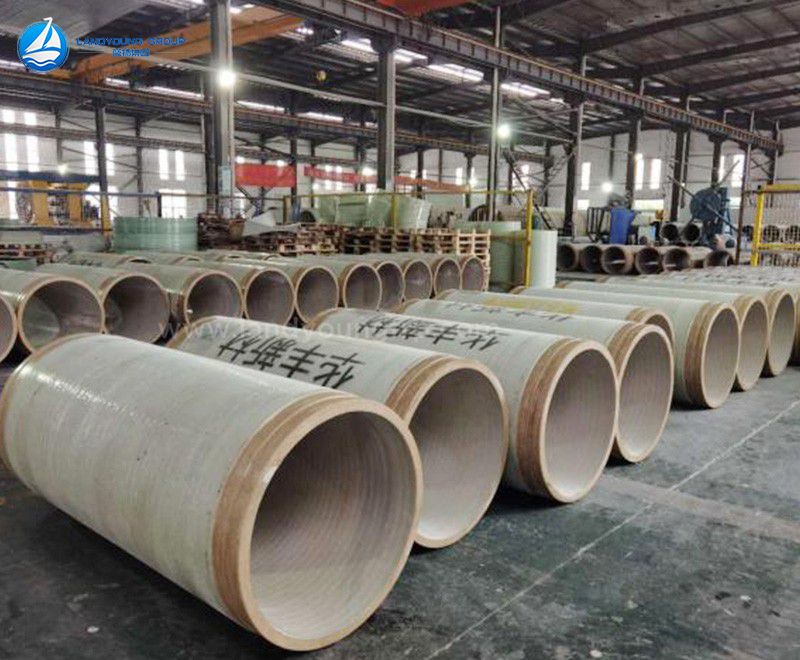
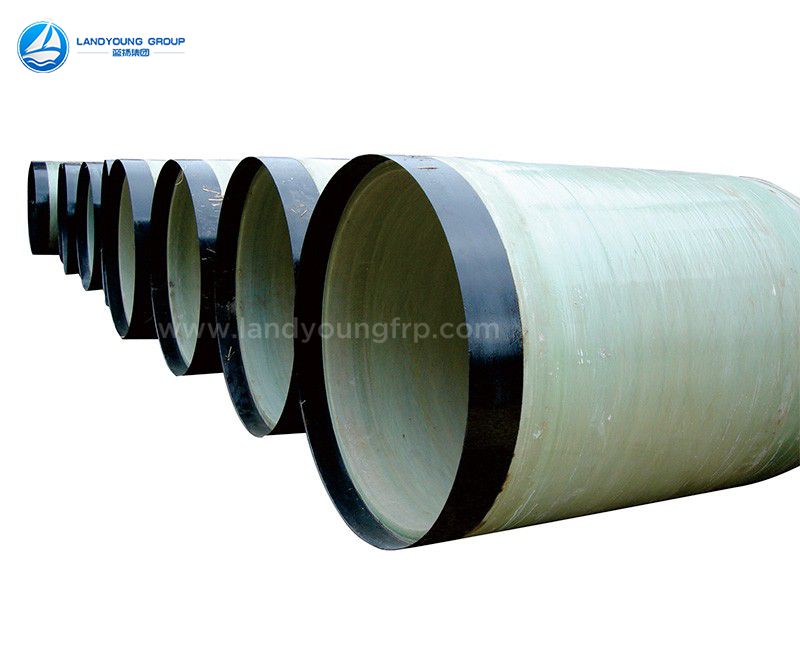
LANDYOUNG GRP jacking pipe is designed to meet the exacting demands of pipeline construction and rehabilitation using trenchless micro-tunnelling and pipe-relining methods.
GRP jacking pipe is designed to meet the exacting demands of pipeline construction and rehabilitation using trenchless micro-tunnelling and pipe-relining methods. LANDYOUNG GRP jacking pipe is manufactured in accordance with international standard using Helical FILAMENT winding process and Continuous FILAMENT winding process on computer controlled machines.
LANDYOUNG GRP jacking pipe is suitable for use in pressure, non-pressure and trenchless applications for potable, non-potable, industrial, drainage and wastewater systems.
● Water
● Sewage & wastewater
● Pipe-relining
● Road & rail culverts
● Asset encasement (e.g. protection for pressure pipelines)
● Ducts
The GRP Jacking pipe has been engineered to deliver a range of features and benefits that make it suitable for the applications above, including:
● Superior axial compressive strength
● Excellent hydraulic performance
● Light weight and corrosion resistant
● Corrosion resistance
● Smaller tunnel diameter and reduced spoil volume
● Lower jacking forces required during installation
● Smaller entry/exit pits
● Longer drive lengths
● Faster construction time and lower installation costs
● Reduced environmental disturbance and social costs
● Diameters: DN300 – DN4000
● Ring Stiffness: SN20,000 – SN1,000,000
● Coupling material: GRP, Carbon steel, Stainless Steel
● Pipe lengths: 1m to 5.8m (standard length 2m)
● Ultimate Compressive Strength: 85N/mm²
● Jacking Force Safety Factor: 3.5
● Colebrook-White Coefficient: 0.01mm
GRP jacking pipes offer several advantages over traditional pipes. They are lightweight yet strong, corrosion-resistant, and have a smooth inner surface, reducing friction and allowing efficient flow. Additionally, GRP pipes can be manufactured in long lengths, minimizing the number of joints and potential points of failure.
GRP jacking pipes are primarily used in trenchless construction methods, such as pipe jacking and micro tunneling. They serve as a structural component, providing a conduit for various applications, including sewerage systems, water mains, stormwater drainage, and culverts.
During installation, a hydraulic jack or mechanical jacking system is used to push the GRP jacking pipes horizontally through the ground. The pipes are typically installed in a pre-excavated tunnel, and as the jacking process proceeds, the surrounding soil is removed, allowing the pipes to advance. This trenchless method minimizes surface disruption and reduces the need for extensive excavation.
● Reduced construction time and costs due to the trenchless installation method.
● Minimal environmental impact and disturbance to surface structures.
● High structural strength and durability.
● Corrosion resistance, making them suitable for various environments.
● The smooth inner surface allows for efficient flow and reduced maintenance needs.
● Longer pipe lengths, reduce the number of joints and potential points of failure.
Yes, GRP jacking pipes are suitable for various soil conditions. They can be used in cohesive soils, sandy soils, and even in areas with a high groundwater table. The structural integrity and flexibility of GRP pipes make them adaptable to different soil types and ground movements.
Yes, GRP jacking pipes are designed to withstand high-pressure conditions. They have excellent hydraulic properties and can handle the required pressure levels for sewerage systems, water mains, and other fluid conveyance systems.
